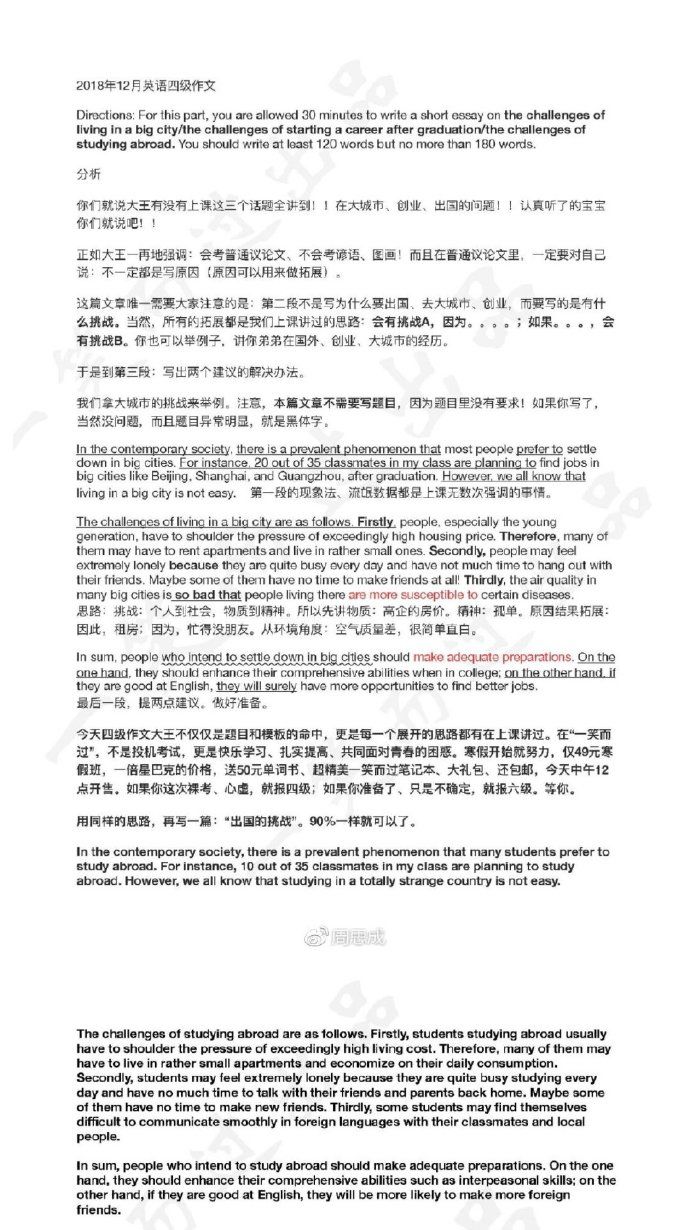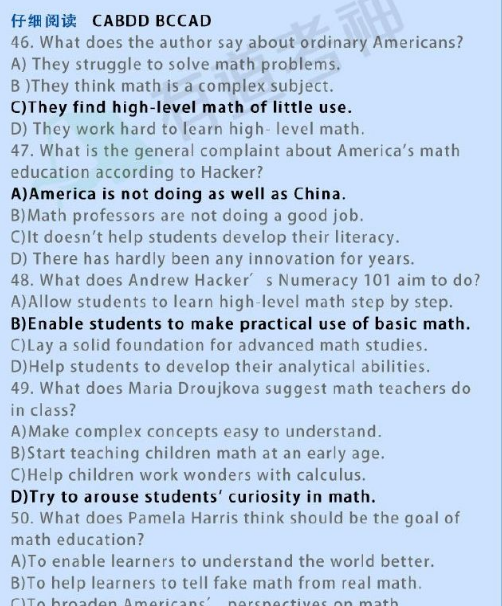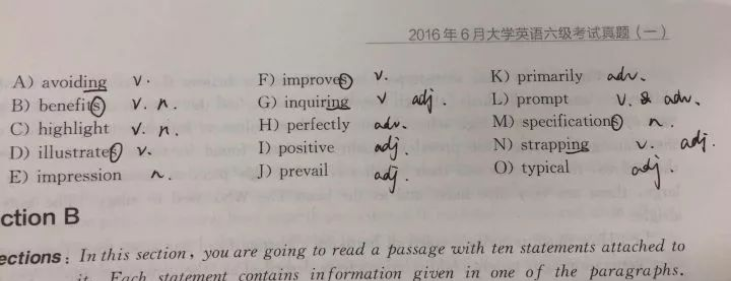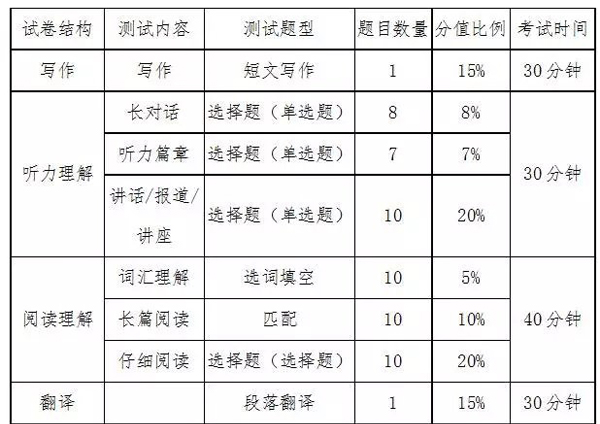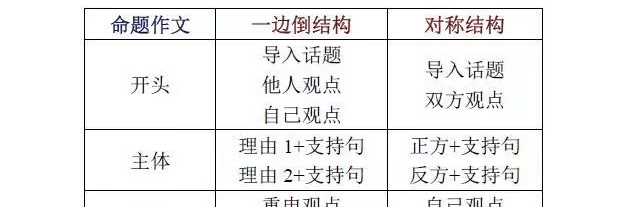LSAT考试全真试题四SECTION3(6)
|
24. Ethicist: A society is just when, and only when, first each person has an equal right to basic liberties, and second, inequalities in the distribution of income and wealth are not tolerated unles these inequalities are to everyone s advantage and are attached to jobs open to everyone. Which one of the following judgments most closely conforms to the principle described above? (A) Society S guarantees everyone equal right to basic liberties, while allowing inequalities in the distribution of income and wealth that are to the advantage of everyone. Further, the jobs to which these inequalities are attached are open to most people, Thus, society S is just. (B) Society S gives everyone an equal right to basic liberties, but at the expense of creating inequalities in the distribution of income and wealth. Thus, society S is not just. (C) Society S allows inequalities in the distribution of income and wealth, although everyone benefits and these inequalities are attached to jobs that are open to everyone. Thus, society S is just. (D) Society S distributes income and wealth to everyone equally, but at the expense of creating inequalities in the right to basic liberties. Thus, society S is not just. (E) Society S gives everyone an equal right to basic liberties, and although there is an inequality in the distribution of income and wealth, the jobs, to which these inequalities are attached are open to all. Thus, society S is just. 25. Economist: In order to decied what to do about protecting the ozone layer, we must determine the monetary amount of the economic resources that we would willingly expend to protect it. Such a determination amounts to a calculation of the monetary value of the ozone layer. Environmentalists argue that the ozone layer does not have a calculable monetary value. However, we would not willingly expend an amount equal to all of the world s economic resources to protect tha ozone layer so the ozone layer is demonstrably worth less than that amount. Thus, the ozone layer has a calculable monetary value. The reasoning in the economist s argument is flawed in that the argument (A) uses evidence that the monetary value of a particular natural resource is less than a certain amount in order to establish that the monetary value of any natural resource is less than that amount (B) presupposes that the ozone layer should not be protected and then argues to that claim as a conclusion (C) takes advantage of an ambiguity in the term "value" to deflect the environmentalists charge (D) gives no reason for thinking that merely establishing an upper limit on a certain monetary value would allow the calculation of that monetary value (E) does not directly address the argument of the environmentalists. 26. Columnist on the arts: My elected government representatives were within their rights to vote to support the arts with tax dollars. While funded by the government. however, some artists have produced works of art that are morally or aesthetically offensive to many taxpayers. Nonetheless. my conclusion is that no taxpayers have been treated unjustly whose tax dollars are used to fund some particular work of art that they may find abominable. Which one of the following principles, if valid, most supports the columnist s argument? (A) Taxpayers should be allowed to decide whether a portion of their tax dollars is to be used to fund the arts. (B) The funding of a particular activity is warranted if it is funded by elected representatives who legitimately fund that activity in general. (C) Elected representatives are within their rights to fund any activity that is supported by a majority of their constituents. (D) Those who resent taxation to subsidize offensive art should ovte against their incumbent government representatives. (E) Since taxpayers are free to leave their country if they disapprove of their representatives decisions they have no right to complain about arts funding |

